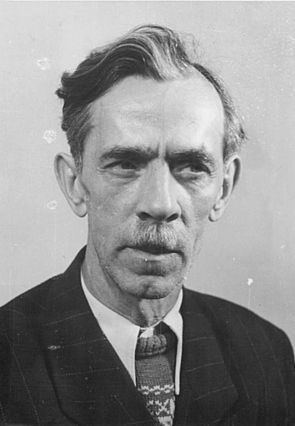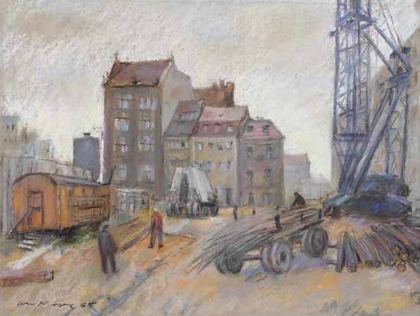Nationality German Occupation painter | Name Otto Nagel Role Painter | |
 | ||
Spouse(s) Valentina Nikitina/Nagel (1904-1983) Died July 12, 1967, Berlin, Germany Movies Mother Krause's Journey to Happiness Similar People Heinrich Zille, Phil Jutzi, Jan Fethke | ||
Carsten otto nagel corradina weg 2010 ind 2
Otto Nagel (27 September 1894 – 12 July 1967) was a German painter.
Contents

Franz sisches theater otto nagel gymnasium
Life

Born at Berlin-Wedding, Nagel was the son of a carpenter. After completing his basic schooling he briefly entered into an apprenticeship with a stained glass painter, but soon broke this off. In 1912 he joined the Social Democratic Party. He was a conscientious objector during the First World War, and was imprisoned for refusing to serve. After the war he first began to paint after being exposed to the work of August Macke. He gradually became a staunch communist, joining the Communist Party of Germany in 1920. Throughout the 1920s he was very active in the Berlin art scene, becoming acquainted with Käthe Kollwitz, El Lissitzky, and many other notables. He became secretary of the Workers International Relief, and in 1922 he co-founded the "artist's relief" division thereof with Erwin Piscator. In 1924, Nagel joined the Red Group in Berlin and accompanied an exhibition of young artists to the Soviet Union. He was close friends with Heinrich Zille and Käthe Kollwitz, whose estate he later handled. Through Nagel, numerous writings about her work have been published. In 1925 he married the Russian singer-actress Valentina ("Walli") Nikitina. From 1928 to 1931, he joined the November Group and was a co-founder of the Association of Revolutionary Visual Artists. From 1928 to 1932, he was publisher and editor-in-chief of the satirical magazine Eulenspiegel.

In 1933, Nagel was elected chairman of the National Association of Visual Artists of Germany, but the election was annulled by the Nazis the next day. When the Nazis seized power, much of Nagel's work was declared degenerate. He was forbidden to paint, and from 1936 to 1937 he was incarcerated in various Nazi concentration camps, including Sachsenhausen.

After the end of the Second World War, Nagel lived and worked in Bergholz-Rehbrücke in Potsdam, Brandenburg, later part of East Germany. In 1945, he was one of the co-founders of the Cultural Association of the GDR. In 1952, he moved to Berlin-Biesdorf. From 1956 to 1962, he was the president of the DDR Academy of Arts, Berlin. He died at Berlin-Biesdorf in 1967 and was interred in the Zentralfriedhof Friedrichsfelde. In 1970, he was posthumously made an honorary citizen of Berlin.
There is a secondary school named for Nagel in Berlin-Biesdorf.
